Successful science flights from cold Svalbard
After having to stay on ground on 6th March, our luck turned and we were blessed with excellent measurement and flying weather for the two following days. To take benefit from the good weather on Thursday and make up for the lost flying day of Wednesday, we pushed to make the flying day as long as possible. The radiometers need a couple hours to heat up before the pre-flight calibration, so that meant getting to the airport at 6 am to turn on the instruments.
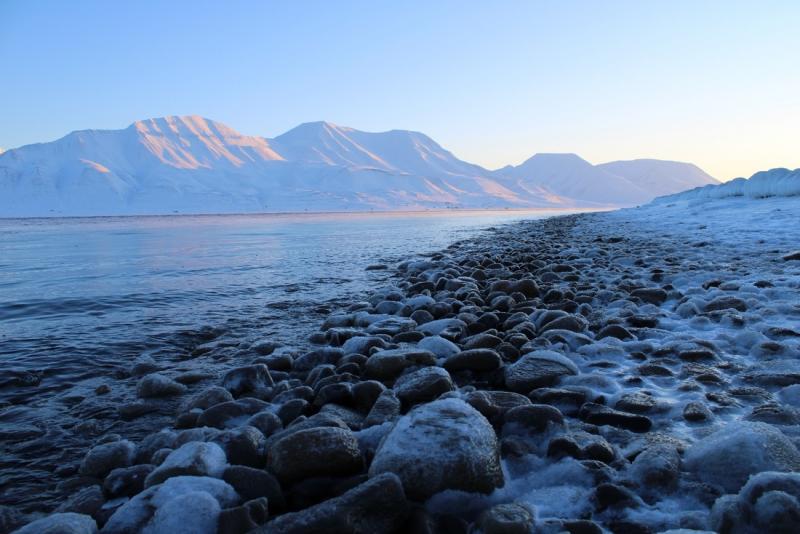
Then, after we had had breakfast and the instruments had had a chance to heat up, we did the pre-flight preparations and took off at 09:04 am on Thursday morning. On the first flight, we flew to the north of Svalbard in perfect conditions. The sea was mostly covered in broken ice, and mist was rising from the cracks where warm sea water was in contact with the freezing air.
The mist, ice, water and almost horizontal sunlight created magical scenery for us to enjoy.
We flew to a carefully chosen location and started the first flight pattern, which would also be performed over two other locations around Svalbard with different sea ice conditions.
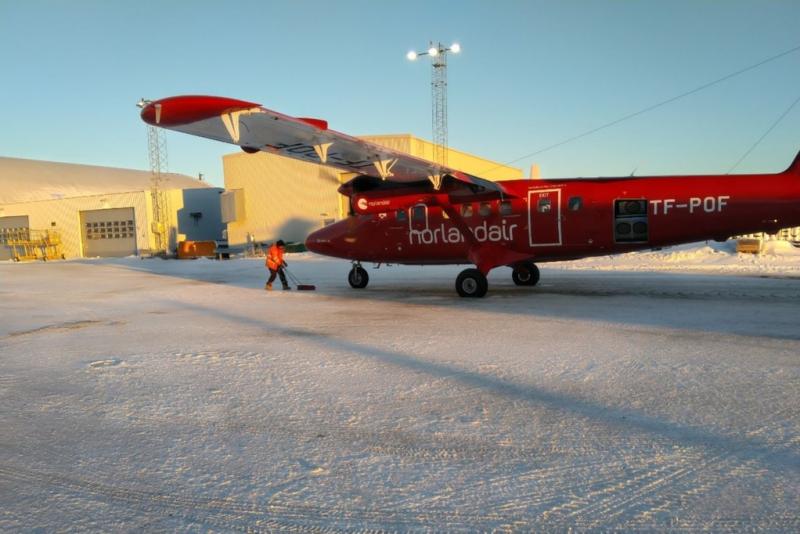
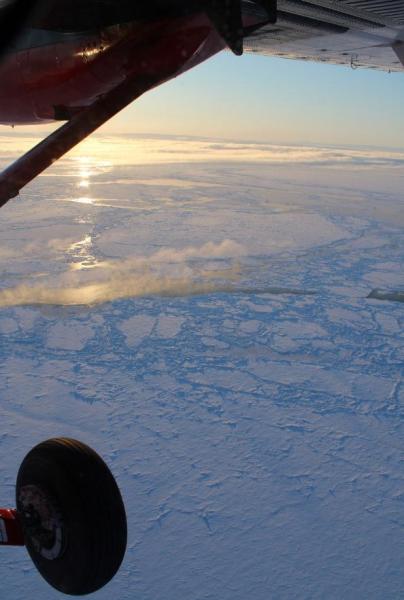
The weather stayed perfect after the first measurement flight, so after the landing we rapidly calibrated the instruments, refuelled the aircraft and took off again. The second flight was slightly longer, this time heading north-east. We first flew 1.5 hours to the target area, did measurements for about 1.5 hours and then flew back. The sun was just setting behind the arctic horizon when we were back at the airport at 06:40 pm after a long day of successful measurements. The team was quite hungry at this point, having eaten only a small snack between the flights, so we quickly did the post-flight calibration and headed for dinner.
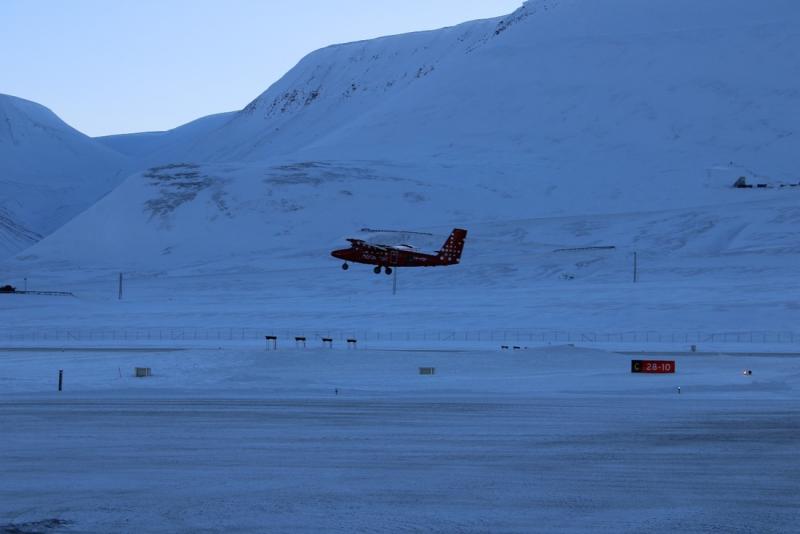
As the flights on Thursday were successful, we had only one target area left to measure in the south-east of Svalbard for Friday. The last flight went routinely and also faster as the target location was closer to the airport. We replicated the same flight pattern as in the previous two flights and returned back to Svalbard for the last time. This time, there was cold wind blowing and departing helicopters in the airport, which added a bit of extra challenge to the instrument calibration.
Imagine holding a pot cooled down to -196 °C (used in the calibration process) while a cold breeze is hitting your exposed wrists and face!
Despite of the extra challenge, we were able to carefully calibrate the instruments, and we headed to look for warmth in the airport terminal.
Written by: Samuli Nyman, Sampo Salo
Additional photos below
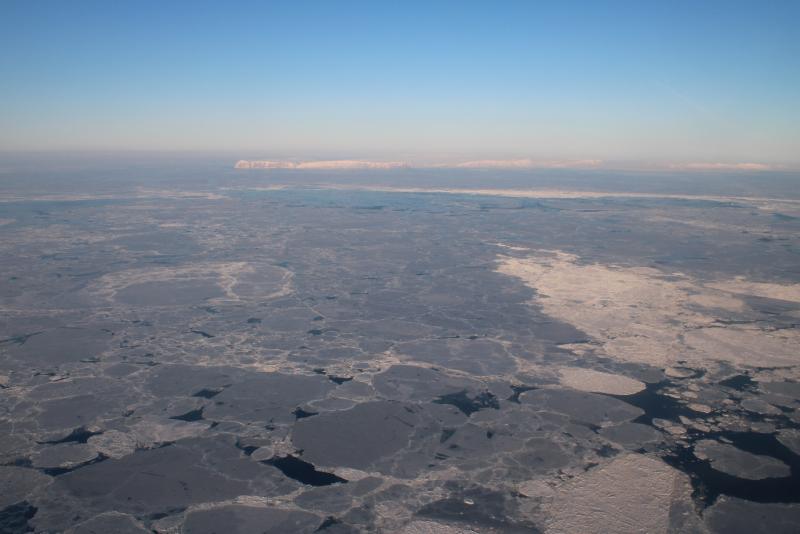
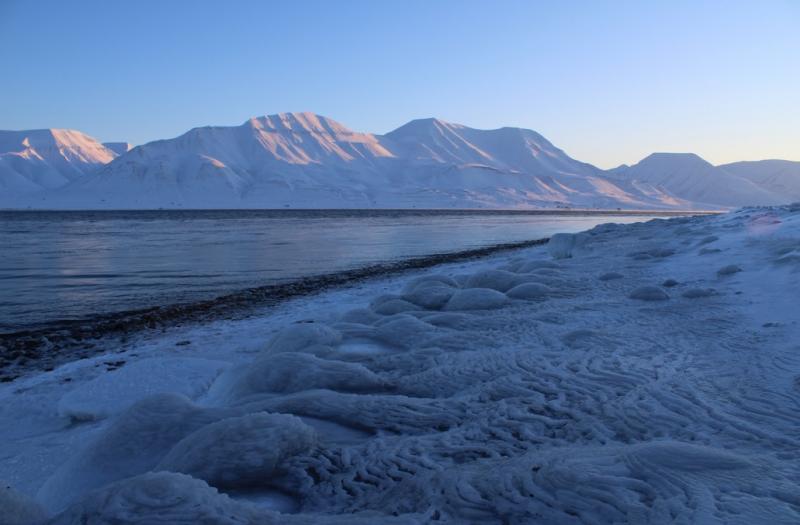
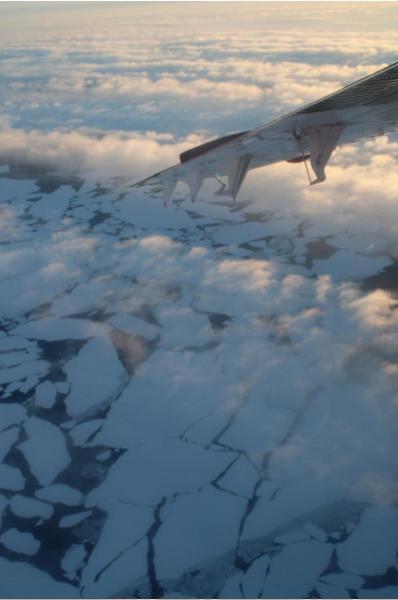
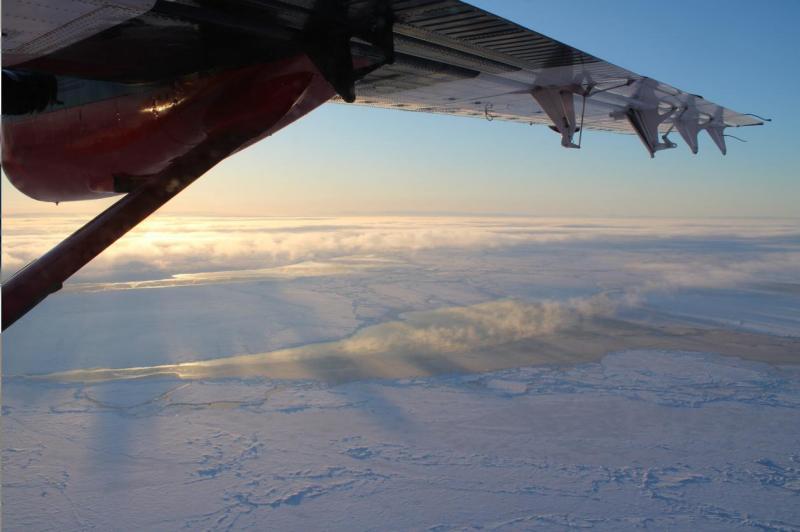
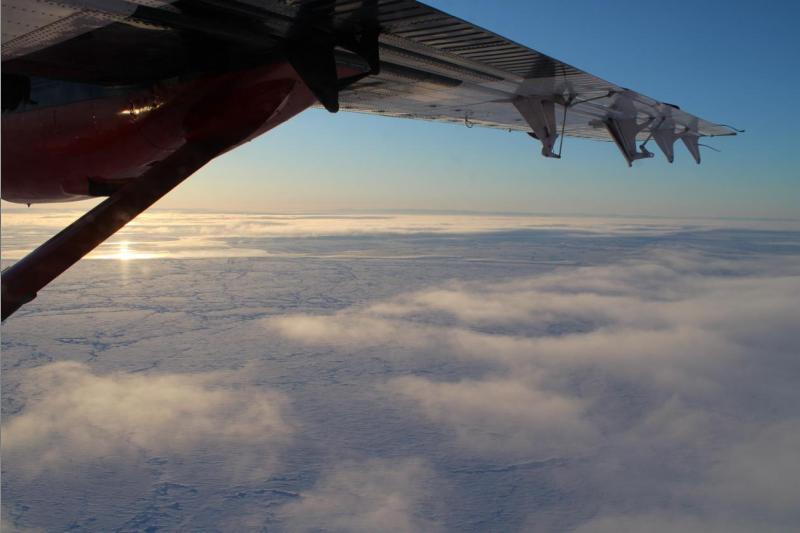
- Log in to post comments
